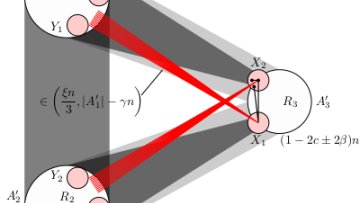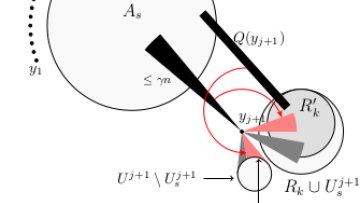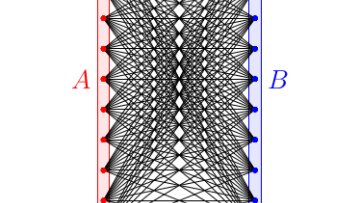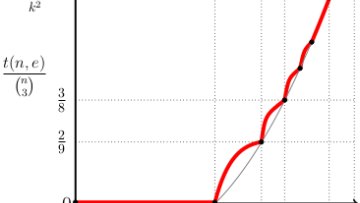Talks by Phd Students
Abstract
Leandro Sánchez Betancourt
--------------------------
The Cost of Latency: Improving Fill Ratios in Foreign Exchange Markets
Latency is the time delay between an exchange streaming market data to a trader, the trader processing information and deciding to trade, and the exchange receiving the order from the trader. Liquidity takers face a moving target problem as a consequence of their latency in the marketplace -- they send marketable orders that aim at a price and quantity they observed in the LOB, but by the time their order was processed by the Exchange, prices (and/or quantities) may have worsened, so the order cannot be filled. If liquidity taking orders can walk the limit order book (LOB), then orders that arrive late may still be filled at worse prices. In this paper we show how to optimally choose the discretion of liquidity taking orders to walk the LOB. The optimal strategy balances the tradeoff between the costs of walking the LOB and targeting a desired percentage of filled orders over a period of time. We employ a proprietary data set of foreign exchange trades to analyze the performance of the strategy. Finally, we show the relationship between latency and the percentage of filled orders, and showcase the optimal strategy as an alternative investment to reduce latency.
Jasdeep Kalsi
-------------
An SPDE model for the Limit Order Book
I will introduce a microscopic model for the Limit Order Book in a static setting i.e. in between price movements. Here, order flow at different price levels is given by Poisson processes which depend on the relative price and the depth of the book. I will discuss how reflected SPDEs can be obtained as scaling limits of such models. This motivates an SPDE with reflection and a moving boundary as a model for the dynamic Order Book. An outline for how to prove existence and uniqueness for the equation will be presented, as well as some simple simulations of the model.





